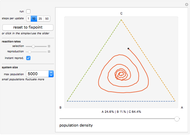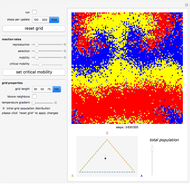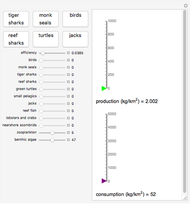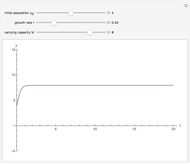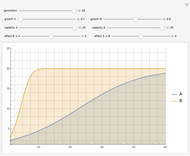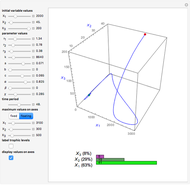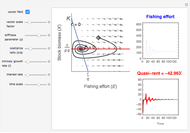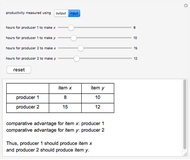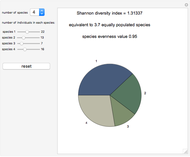Shannon Diversity Index in Population Ecology

Requires a Wolfram Notebook System
Interact on desktop, mobile and cloud with the free Wolfram Player or other Wolfram Language products.
The Shannon diversity index (also called the Shannon–Weiner index) parametrizes the diversity of a group containing multiple distinct subgroups. It is typically used in environmental science to determine the species biodiversity of a community. The biodiversity of an ecological community can be described by using the Shannon diversity index to find the effective number of species (ENS). This is the equivalent number of uniformly populated species with the same proportional biodiversity, and the species evenness value, which shows the proximity of subgroup values in a group. Given the number of species and the number of individuals in each species, the Demonstration calculates the Shannon diversity index, ENS, and the species evenness value.
Contributed by: Kathy Wang (January 2018)
Open content licensed under CC BY-NC-SA
Snapshots
Details
Reference
[1] G. T. Miller, Jr., Living in the Environment: Principles, Connections, and Solutions (S. Spoolman, contributing ed.), 15th ed., Belmont, CA: Thomas Brooks/Cole, 2007.
This was a project for Advanced Topics in Mathematics II, 2017–2018, Torrey Pines High School, San Diego, CA.
Permanent Citation
"Shannon Diversity Index in Population Ecology"
http://demonstrations.wolfram.com/ShannonDiversityIndexInPopulationEcology/
Wolfram Demonstrations Project
Published: January 31 2018







